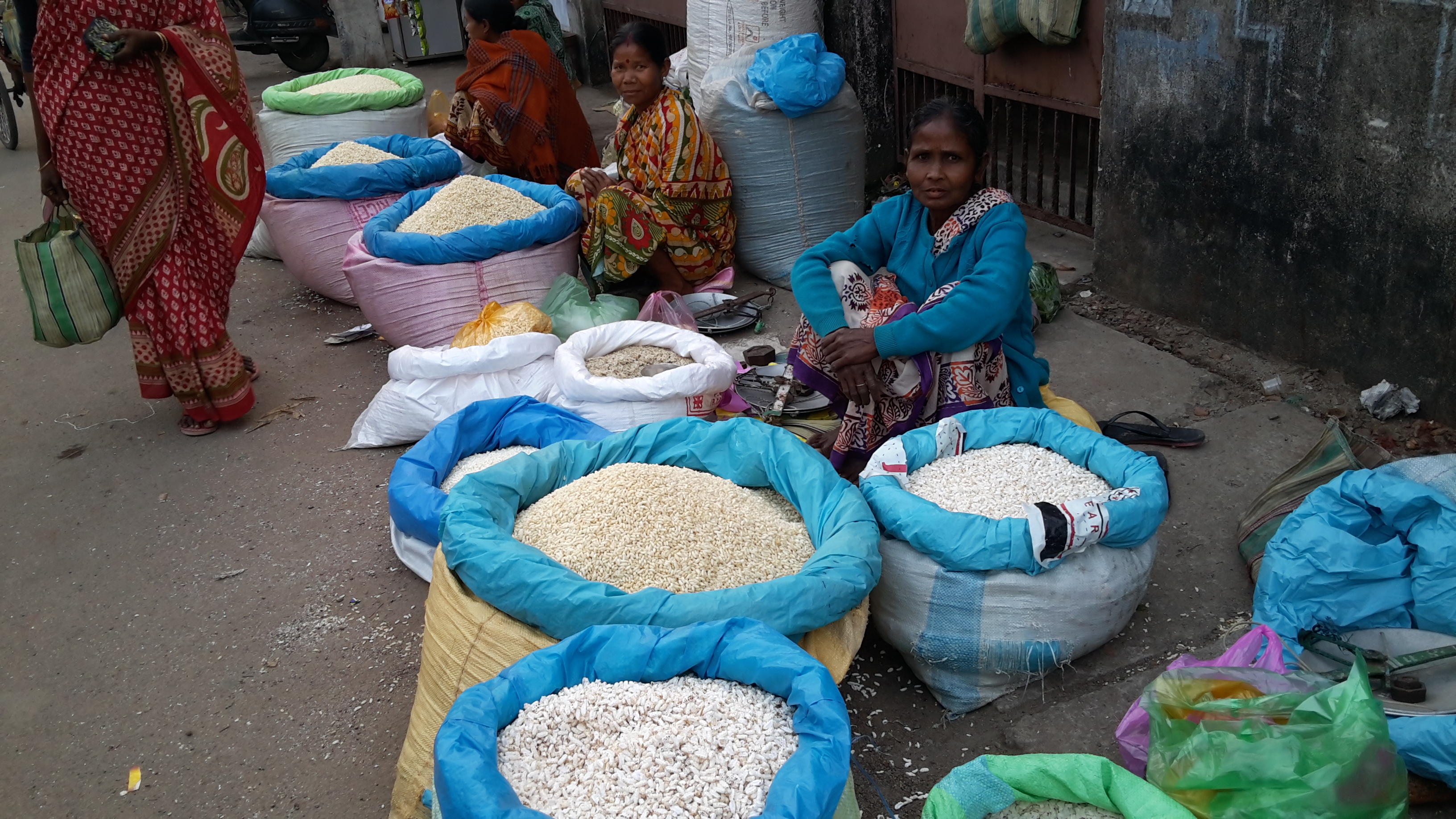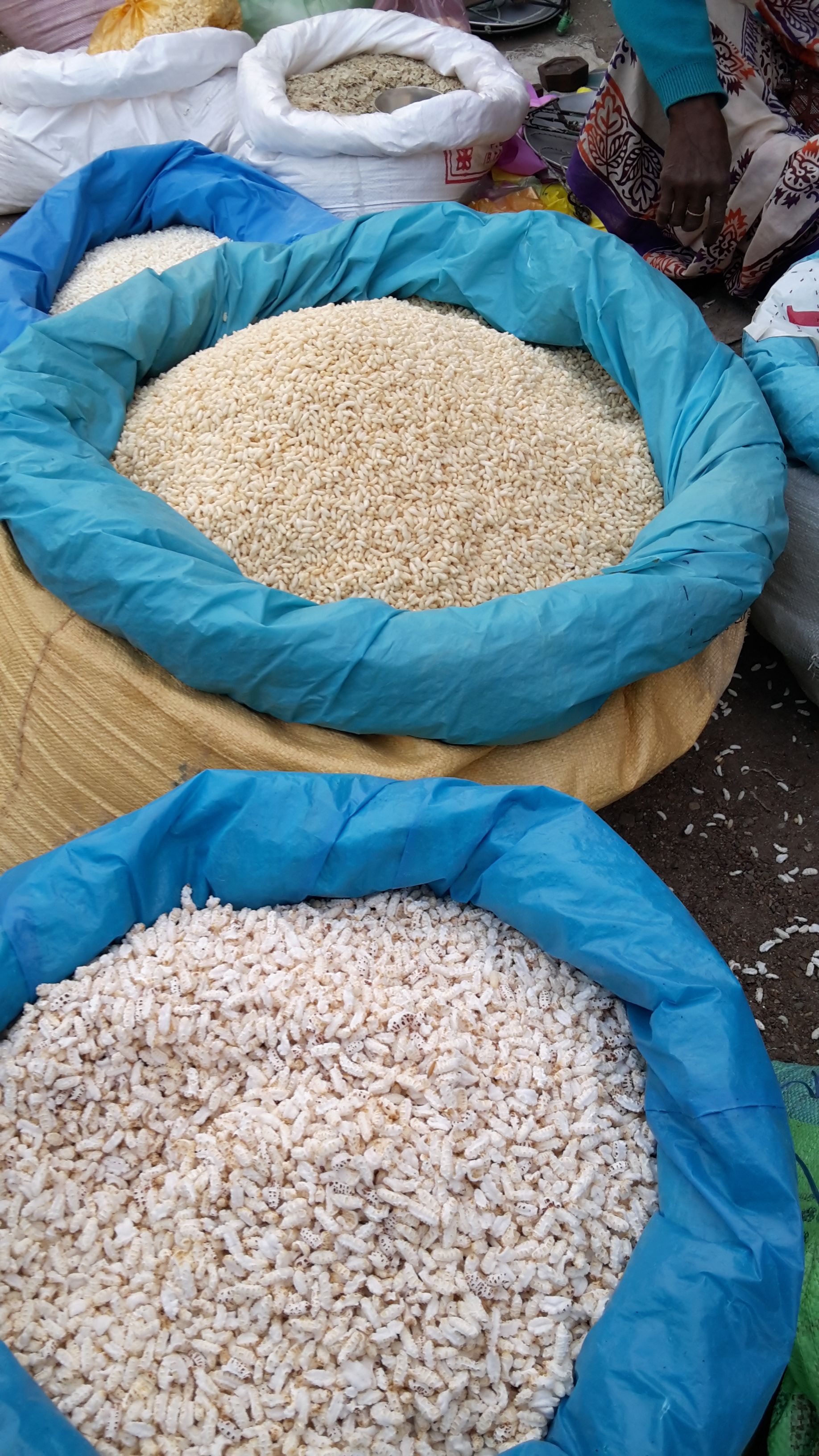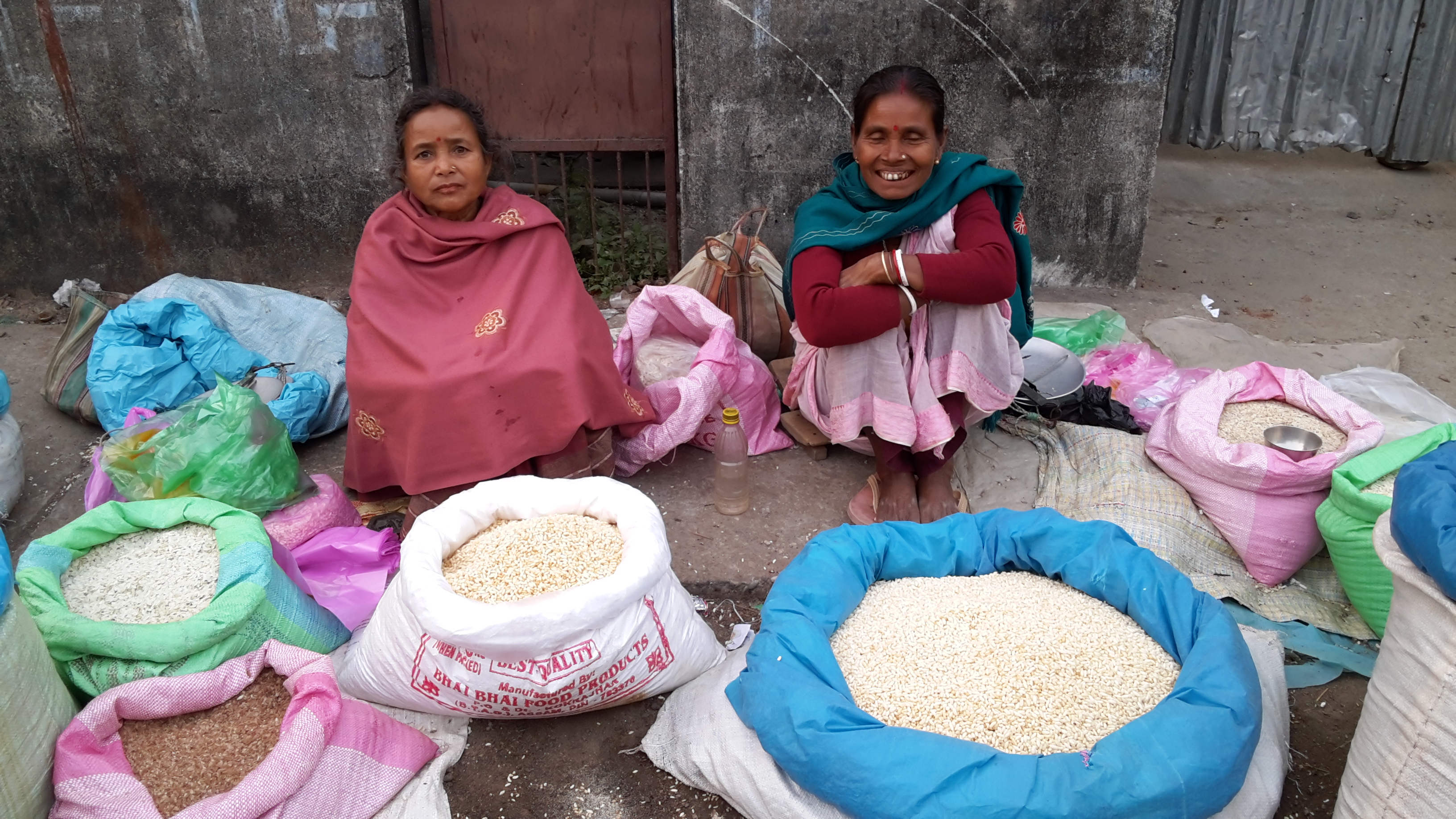Accession card
Description
The images are from Kokrajhar Town bi- weekly market. Every Thursday and Sunday people living in and around the District Headquarter of Kokrajhar in the BTC (Bodo Territorial Council) area visit the main market when the bi-weekly bazaar takes place. The bazaar is a huge affair where assorted items are sold and bought, and contribute to the local economy. From direct producers-to-middlemen-to-whole salers of innumerable products partake in the commercial exchanges here. There are dedicated lanes and by-lanes within the market area for different items sold. I have seen this market grow from a small town local market of a sub-divisional headquarter catering to the needs of people living in the town to become a big centre of economic activity that keeps the demand and supply curve moving.
What is most interesting is the growing number of women participating in this economic exercise. Even more interesting is the way women's partcipation can be categorised along ethnic, caste and religious/cultural lines. While local vegetables, especially of indigenous varieties, are sold by Bodo women who live nearby or procure the same from far flung (even mountainous) villages, the Muslime women sell the-not-so-indigenous types of vegetables including fish. On the other hand, some of the food items that are typically identified with regional/cultural traditions, partcularly made from rice, are sold mostly by the women of the non-tribal Rajbongshi community, who are well known in the region for their expertise in making rice based savouries. The women here are an integral part of this growing informal market economy and have been strong supporters of their familial economy as well. For most, it is one of their main occupations.
What happens to them and their families during COVID-19 lockdown?
Just as the current COVID-19 lockdown has affected the 90% of the Indian workers who are in the informal sector, the local economies like that of Kokrajhar too face the consequences. It is not merely about economy of the communities who sustain their livelihood through rice production and collection of indigenous varieties of vegetables from different parts of the state to sell. Under the current situation their food preserve - particularly of rice, which fulfills their everyday necessities, is at stake. As the cultivation time approaches, will they be able to grow rice to get the adequate and timely harvest, which will allow them to make these rice products as shown in the pictures? As such, the peak time demand for these items, when the region was celebrates the Magh Bihu in January, was affected due to Covid 19 in the early phase and continues to impact the economy of the people. Even without the festivities, these rice based food items are the most dependable alternatives for agricultural workers since they are easy to carry, eat and preserve during arduous field work. Also, most families across Assam use and depend on Chira and Muri (as the puff rice varieties are called) that are also healthy alternatives of the traditional staple.
This is one way of seeing how the current pandemic has the capacity to affect the locals in varieties of ways.
Code
Date
Credits / copyrights
Photos: Dharitri Narzary
University
Related links
Title
Medium
- Image





